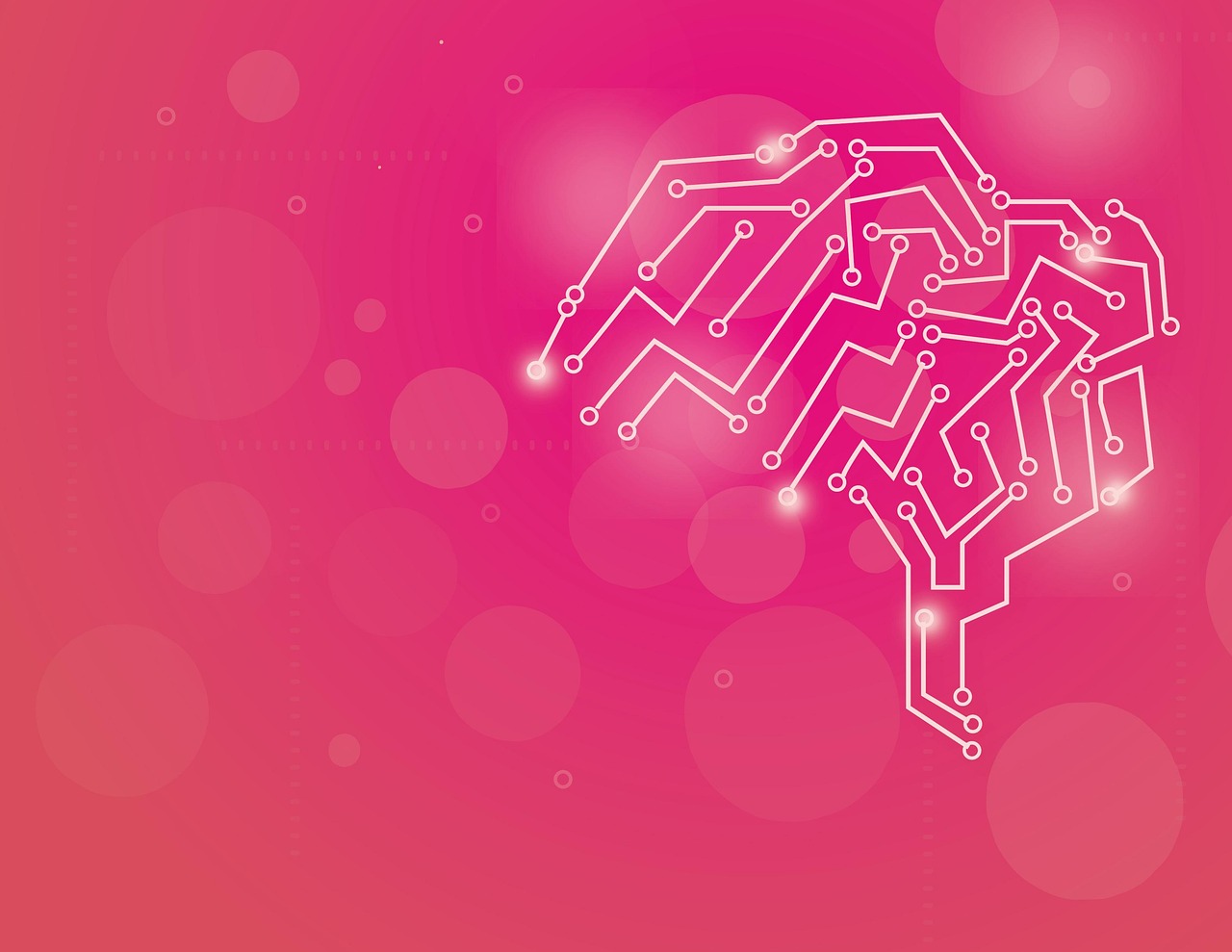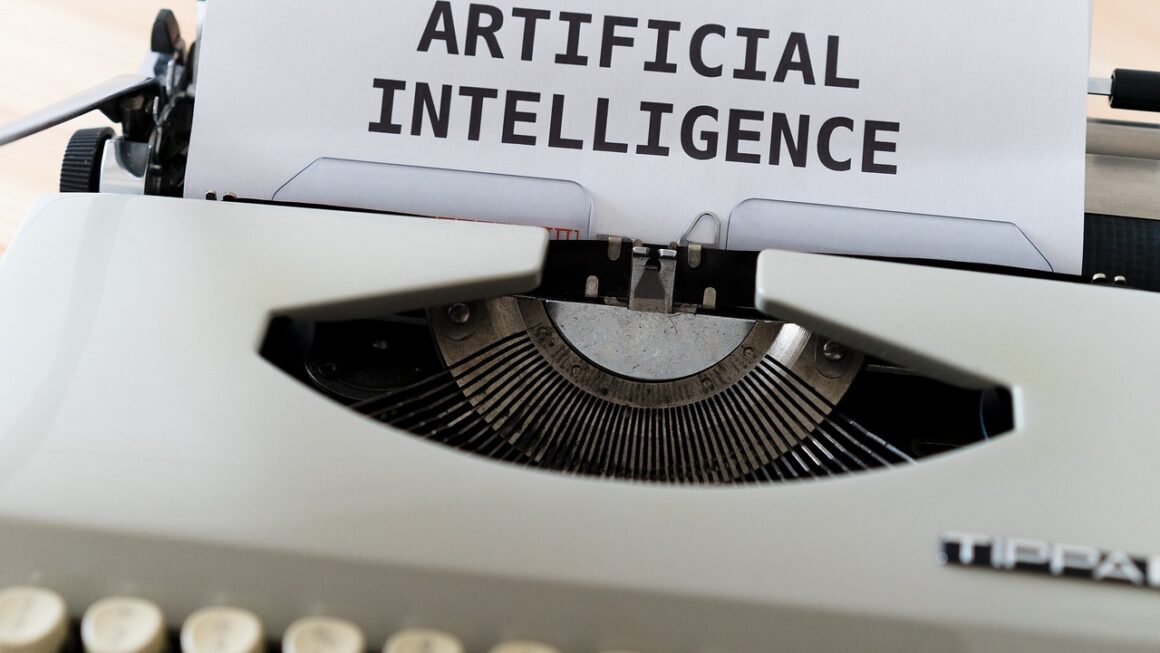AI assistants are rapidly transforming the way we live and work, evolving from simple voice-activated tools to sophisticated platforms capable of managing complex tasks and providing personalized support. This evolution is driven by advancements in natural language processing (NLP), machine learning (ML), and cloud computing, making AI assistants more accessible and powerful than ever before. Whether you’re looking to enhance productivity, streamline your daily routine, or simply stay informed, understanding the capabilities and potential of AI assistants is crucial in today’s digital landscape.
What are AI Assistants?
Defining AI Assistants
AI assistants are software applications that use artificial intelligence to understand and respond to user commands, provide information, and perform tasks. They are designed to interact with users in a natural and intuitive way, often through voice commands, text input, or graphical interfaces. The core functionality of an AI assistant revolves around:
- Natural Language Processing (NLP): Enabling the assistant to understand and interpret human language.
- Machine Learning (ML): Allowing the assistant to learn from user interactions and improve its performance over time.
- Task Automation: Automating repetitive tasks such as setting reminders, sending emails, and controlling smart home devices.
Examples of popular AI assistants include Amazon Alexa, Google Assistant, Apple’s Siri, and Microsoft Cortana.
How AI Assistants Work
The architecture of an AI assistant typically involves several key components:
- Speech Recognition: Converts spoken words into text.
- Natural Language Understanding (NLU): Analyzes the text to understand the user’s intent.
- Dialog Management: Manages the conversation flow and keeps track of the context.
- Task Execution: Performs the requested task, such as setting a reminder or retrieving information.
- Text-to-Speech (TTS): Converts text into spoken words to provide a response.
For instance, when you ask Google Assistant, “What’s the weather like today?”, the assistant uses speech recognition to convert your voice into text. NLU then determines that you want weather information. Dialog management ensures the assistant understands “today” refers to the current date. Finally, task execution retrieves the weather forecast from a relevant service, and TTS converts the information into spoken words.
Benefits of Using AI Assistants
Increased Productivity and Efficiency
AI assistants can significantly boost productivity by automating routine tasks, freeing up time for more important activities. Some examples include:
- Managing Schedules and Appointments: Scheduling meetings, setting reminders, and sending notifications.
Example: “Alexa, add a meeting to my calendar for tomorrow at 2 PM with John.”
- Email Management: Sorting emails, responding to simple inquiries, and filtering spam.
Example: “Siri, check my email and read the latest message from Sarah.”
- Task Automation: Creating to-do lists, setting deadlines, and tracking progress.
Example: “Google Assistant, remind me to buy groceries on Saturday morning.”
Studies show that using AI assistants can save individuals several hours per week, allowing them to focus on strategic tasks and creative endeavors.
Enhanced Convenience and Accessibility
AI assistants provide unparalleled convenience and accessibility, allowing users to access information and perform tasks from anywhere at any time. Key benefits include:
- Hands-Free Operation: Performing tasks without needing to physically interact with devices.
Example: Controlling smart home devices while cooking: “Alexa, turn on the kitchen lights.”
- Information Retrieval: Quickly accessing information such as news, weather, and stock prices.
Example: “Hey Google, what’s the current exchange rate between USD and EUR?”
- On-the-Go Assistance: Getting directions, making calls, and sending messages while driving.
Example: “Siri, call John on speakerphone.”
The accessibility features of AI assistants also benefit individuals with disabilities, providing voice-controlled access to technology and promoting inclusivity.
Improved Decision-Making
AI assistants can aid in decision-making by providing relevant data, insights, and recommendations. This includes:
- Data Analysis: Analyzing data from various sources to identify trends and patterns.
- Personalized Recommendations: Providing tailored recommendations based on user preferences and behavior.
Example: Recommending restaurants or movies based on your past choices.
- Real-Time Insights: Offering real-time insights to support immediate decisions.
Example: Providing traffic updates and alternative routes to avoid congestion.
By leveraging AI assistants, individuals and businesses can make more informed decisions, leading to better outcomes and improved efficiency.
Using AI Assistants in Different Contexts
AI Assistants in the Home
In the home, AI assistants can be used to control smart home devices, provide entertainment, and manage daily routines. Some common applications include:
- Smart Home Control: Controlling lights, thermostats, and other smart devices using voice commands.
Example: “Google Assistant, set the thermostat to 72 degrees.”
- Entertainment: Playing music, podcasts, and audiobooks.
Example: “Alexa, play my favorite playlist on Spotify.”
- Family Communication: Sending messages and making calls to family members.
Example: “Hey Google, broadcast a message to the family: Dinner is ready!”
AI assistants can also be used to create personalized routines that automate multiple tasks. For example, a “Good Morning” routine could turn on the lights, play the news, and brew coffee automatically.
AI Assistants in the Workplace
In the workplace, AI assistants can enhance productivity, improve collaboration, and streamline business processes. Some key use cases include:
- Meeting Management: Scheduling meetings, sending invitations, and taking notes.
- Project Management: Tracking tasks, managing deadlines, and facilitating communication.
- Customer Service: Providing automated customer support and resolving inquiries.
Example: AI-powered chatbots that answer frequently asked questions.
AI assistants can also be integrated with business applications to automate data entry, generate reports, and provide real-time analytics, improving overall efficiency and decision-making.
AI Assistants in Education
In the education sector, AI assistants can personalize learning experiences, provide support to students, and assist educators with administrative tasks. Examples include:
- Personalized Learning: Adapting learning materials to individual student needs and learning styles.
- Homework Assistance: Providing assistance with homework assignments and answering student questions.
- Administrative Support: Automating tasks such as grading papers and tracking attendance.
AI assistants can also provide language translation, making educational resources accessible to students from diverse linguistic backgrounds.
Choosing the Right AI Assistant
Evaluating Your Needs
Selecting the right AI assistant depends on your specific needs, preferences, and the devices you already use. Consider the following factors:
- Ecosystem Compatibility: Choose an AI assistant that integrates well with your existing devices and services.
- Features and Functionality: Evaluate the features offered by each assistant and choose one that aligns with your specific requirements.
- Privacy and Security: Understand the privacy policies and security measures implemented by each provider.
For example, if you are heavily invested in the Apple ecosystem, Siri may be the most convenient option. If you prioritize integration with Google services and smart home devices, Google Assistant may be a better choice.
Comparing Popular AI Assistants
Here’s a comparison of some popular AI assistants:
- Amazon Alexa: Known for its extensive smart home integration and wide range of skills.
- Google Assistant: Offers seamless integration with Google services and provides powerful search capabilities.
- Apple Siri: Optimized for iOS devices and provides tight integration with the Apple ecosystem.
- Microsoft Cortana: Integrated with Windows and Microsoft services, providing productivity-focused features.
Each assistant has its strengths and weaknesses, so it’s important to research and compare them based on your individual needs and preferences. Consider factors such as language support, available integrations, and privacy settings.
Conclusion
AI assistants are poised to continue revolutionizing how we interact with technology, offering unprecedented levels of convenience, efficiency, and personalization. By understanding their capabilities and choosing the right assistant for your needs, you can unlock their full potential and transform the way you live and work. As AI technology evolves, we can expect even more sophisticated and intuitive AI assistants to emerge, further enhancing our digital experiences and empowering us to achieve more.




